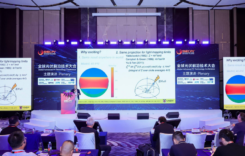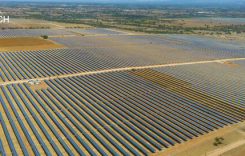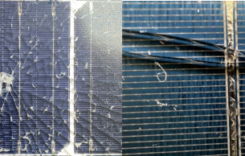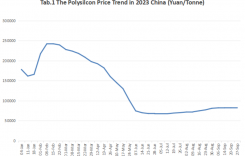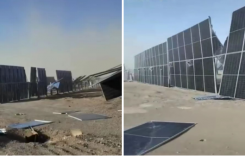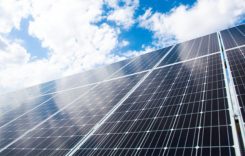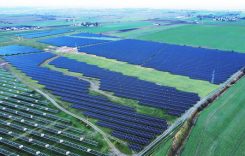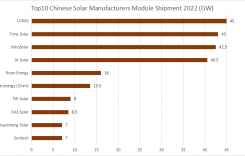PVTIME – On 3 February 2025, a new achievement in flexible tandem solar cells was published by Wang Rui’s team at Westlake University Research Center for Industries of the Future and School of Engineering. In this particular solar cell, perovskite and copper indium gallium selenide (Cu(In,Ga)Se2) were successfully tandemed with a conversion efficiency of up to 23.4%.

The paper was published in Nature Photonics under the title “Divalent cation replacement strategy stabilizes wide-bandgap perovskite for Cu(In,Ga)Se2 tandem solar cells”.
Single-junction perovskite solar cells can be thought of as a single-layer cake, while tandem cells are multi-layer. Just as different layers of a cake provide different flavours, tandem solar cells with different semiconductor materials can capture a wide range of sunlight at different wavelengths. As a result, tandem cells can absorb a greater amount of solar energy and convert it into electricity than single-junction cells. What’s more, this tandem perovskite solar cell is flexible and thin, thinner than the diameter of a strand of hair, so it is expected to be applied to irregular surfaces such as buildings, cars, aircraft and flexible wearable devices in the future.


